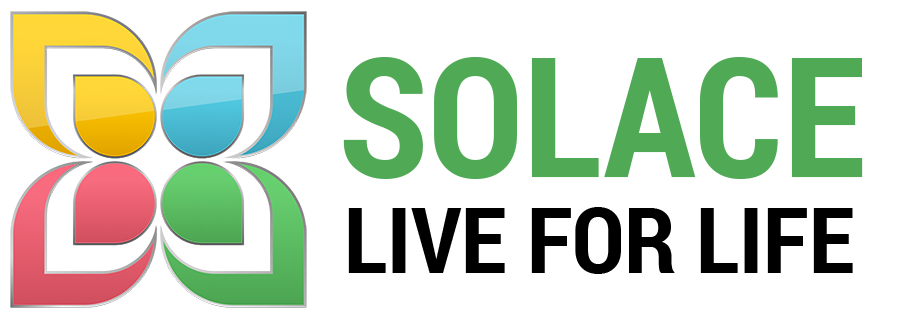What Is DSM?
DSM stands for the Diagnostic and Statistical Manual of Mental Disorders. It is a handbook used by mental health professionals to diagnose and classify mental disorders. The DSM was published by the American Psychiatric Association (APA) and provides standardized criteria for the classification of mental health conditions, along with descriptions, symptoms, and other relevant information for each disorder. The DSM is regularly updated to reflect advances in the understanding of mental health and changes in diagnostic criteria.
What Is DSM-5?
The DSM-5, or the Diagnostic and Statistical Manual of Mental Disorders, Fifth Edition, (May 2013) is the latest edition in a series of DSM manuals that have been continuously updated since the first edition (DSM-I) was published in 1952. The latest version, the DSM-5-TR, where TR means text revision, was published in 2022.
What is the purpose of the DSM-5?
The DSM-5 plays a crucial role in the assessment, diagnosis, treatment, and understanding of mental health disorders, serving as a key resource for professionals and institutions in the mental health field. The DSM-5 serves several important purposes in the field of mental health:
Diagnostic Standardization: It provides standardized criteria for the diagnosis of mental disorders, ensuring consistency in how mental health professionals identify and classify conditions.
Clinical Communication: The DSM-5 enables mental health professionals to communicate effectively about patients' symptoms and diagnoses, facilitating collaboration among clinicians, researchers, and other professionals in the field.
Treatment Planning: By providing clear diagnostic criteria and descriptions of mental disorders, the DSM-5 helps inform treatment planning and interventions for individuals with mental health conditions.
Research and Epidemiology: It serves as a foundation for research on mental health disorders, allowing researchers to study prevalence rates, risk factors, outcomes, and treatment efficacy across different populations.
Insurance and Legal Purposes: The DSM-5 is often used by insurance companies to determine coverage for mental health services, and it may also be referenced in legal proceedings, such as disability claims or court cases involving mental health issues.
Education and Training: The DSM-5 is used in academic settings to educate mental health professionals, including psychiatrists, psychologists, counselors, and social workers, about the classification and diagnosis of mental disorders.
What Are The Sections of DSM-5?
The DSM-5 consists of three main sections:
Section I: Basics and Introduction - This section provides an introduction to the DSM-5, including information about its development, organization, and use. It also includes an overview of changes from previous editions and instructions for navigating the manual.
Section II: Diagnostic Criteria and Codes - This is the largest section of the DSM-5 and contains specific diagnostic criteria for various mental disorders. Each disorder is organized into categories based on similar symptoms or clinical presentations. This section also includes codes that are used for billing and record-keeping purposes.
Section III: Emerging Measures and Models - Section III includes content that was previously found in the appendices of earlier editions of the DSM. This section contains information on emerging assessment measures, alternative models for diagnosing certain disorders (e.g., personality disorders), and conditions that require further study. It provides additional guidance for clinicians and researchers beyond the diagnostic criteria outlined in Section II.
What Are The New Features of DSM-5?
The DSM-5 introduced several new features and changes compared to its predecessor, the DSM-IV-TR. These new features and changes in the DSM-5 reflect ongoing efforts to improve the accuracy, reliability, and clinical utility of the diagnostic manual in the field of mental health Some of the notable new features include:
1. Dimensional Assessments: Unlike previous editions that primarily used categorical diagnoses, the DSM-5 introduced a dimensional approach to certain disorders. This allows clinicians to assess the severity of symptoms on a continuum, providing a more nuanced understanding of the individual's condition.
2. Cultural Considerations: The DSM-5 incorporates cultural considerations more prominently, recognizing that cultural factors can influence the presentation and interpretation of mental health symptoms. This helps clinicians avoid misdiagnosis and ensures that assessment and treatment are sensitive to cultural differences.
3. Cross-Cutting Symptom Measures: The DSM-5 includes cross-cutting symptom measures, which are standardized tools used to assess common symptoms that may occur across different mental disorders. This facilitates a more comprehensive evaluation of an individual's mental health status.
4. Removal of Multiaxial System: The DSM-5 eliminated the multiaxial system used in previous editions, which separated different aspects of diagnosis (such as clinical syndromes, personality disorders, and psychosocial stressors) onto different axes. Instead, all diagnostic information is now integrated into a single axis.
5. New Disorders and Changes in Diagnostic Criteria: The DSM-5 introduced new disorders and revised diagnostic criteria for existing ones based on advances in research and clinical practice. For example, changes were made to diagnostic criteria for autism spectrum disorder, personality disorders, and substance-related disorders.
6. Reorganization and Streamlining: The DSM-5 reorganized and streamlined certain sections to improve clarity and usability. For example, disorder categories were rearranged, and diagnostic criteria were revised to enhance diagnostic accuracy and clinical utility.
What Are The Updated or New Disorders In DSM-5?
- Attention-Deficit/Hyperactivity Disorder (ADHD)
- Autism Spectrum Disorder
- Conduct Disorder
- Disruptive Mood
- Dysregulation Disorder
- Eating Disorders
- Gender Dysphoria
- Intellectual Disability
- Internet Gaming Disorder
- Major Depressive Disorder and the Bereavement Exclusion
- Mild Neurocognitive Disorder
- Obsessive-Compulsive and Related Disorders
- Paraphilic Disorders
- Personality Disorder
- Posttraumatic Stress Disorder (PTSD)
- Schizophrenia
- Sleep-Walk Disorders
- Specific Learning Disorder
- Social Communication Disorder
- Somatic Symptom Disorder
- Substance-Related and Addictive Disorders
How Is DSM Treatment In Malaysia?-- The Solace Difference
At Solace Asia, we utilize cutting-edge scientific research to determine the most effective treatments for you or your loved one. Grounded in Evidence-Based Treatment (EBT), our clinicians rely on the DSM-5 to uphold the principles of prioritizing scientific evidence over personal bias in patient care. Be assured that you or your loved one will receive treatment characterized by precision, professionalism, and practicality, guided by the latest advancements in global mental health science.







